
1. The functional requirements of the structure and the safety, applicability and durability of the limit state are summarized as the reliability of the structure.
2. The safety, applicability and durability of the structure are collectively referred to as the reliability of the structure. Safety The structural system should have a reasonable force transmission path that can transmit various effects that the structure may withstand from the action point to the resistance component.
3. The safety, applicability and durability of the structure are commonly known as the reliability of the structure. Safety Under the conditions of normal construction and normal use, the structure should be able to withstand various loads and deformations that may occur without damage; after accidental events, the structure can still maintain the necessary overall stability.
4. [Answer]: D According to the definition of Article 1 of the Uniform Standard for the Design of Building Structure Reliability (GB50068-2001), the ability of a structure to complete the predetermined function within the specified time and under the specified conditions is called the reliability of the structure.
5. [Answer]: A, C, D 2021/2020 version of textbook P13 Safety, applicability and durability are generally referred to as the reliability of the structure.
6. Safety, applicability and durability are collectively referred to as the reliability of the structure. If the structure can meet the functional requirements, it is called structural reliability; on the contrary, if the structure is unreliable, its boundary point is called the limit state.
Stability and reliability are two important concepts related to product or system performance. They have the following differences: Definition: Stability refers to the ability of a system or product to maintain stable operation, that is, to maintain normal operation under various conditions without unexpected failures or system crashes.
The evaluation indicators are different. The evaluation indicators of reliability are: reliability, average fault-free interval, and inefficiency. The evaluation indicator of stability is the comprehensive characteristics of maintainability and maintenance support of a certain time node.
Information management is divided into production management area (safety zone III) and management information area (safety zone IV). Different security zones determine different security protection requirements, among which the security zone I has the highest security level, the security zone II is the second, and the rest are analogy in order.
1. As a modern science, operations planning was first developed in Britain and the United States during World War II. Some scholars describe operations as the science that makes decisions on various operations of the organizational system. Means.
2. Linear planning is a branch of operations planning that is relatively complete and mature in theory, and the method is relatively convenient and effective. However, it can still be used to solve the problems of some large-scale systems. It has the characteristics of intuitive description of problems, easy calculation and implementation of models, and can easily decompose or transform some complex problems. Sub-problems that can be solved.
3. As a discipline, operations planning emerged from the study of the allocation of weapons, the deployment of troops and the transfer of military supplies during World War II.
4. Operations planning is an important professional basic course of modern management. This discipline is applied to the interdisciplinary research of mathematics and formal science, using methods such as statistics, mathematical models and algorithms to find the best or near-best solution planning generalization in complex problems.
5. Introduction: Operations planning is an important professional basic course of modern management. It is an emerging discipline developed in the early 1930s. Its main purpose is to provide a scientific basis for managers when making decisions. It is one of the important ways to achieve effective management, correct decision-making and modern management.
6. Therefore, obtaining maximum benefits with limited resources is an issue considered by every competitor, which is also a problem that economics and operations planning focus on solving. Operational planning is a discipline that takes mathematics as the main means and focuses on the study of optimal problem solving.

Arena Plus login-APP, download it now, new users will receive a novice gift pack.
1. The functional requirements of the structure and the safety, applicability and durability of the limit state are summarized as the reliability of the structure.
2. The safety, applicability and durability of the structure are collectively referred to as the reliability of the structure. Safety The structural system should have a reasonable force transmission path that can transmit various effects that the structure may withstand from the action point to the resistance component.
3. The safety, applicability and durability of the structure are commonly known as the reliability of the structure. Safety Under the conditions of normal construction and normal use, the structure should be able to withstand various loads and deformations that may occur without damage; after accidental events, the structure can still maintain the necessary overall stability.
4. [Answer]: D According to the definition of Article 1 of the Uniform Standard for the Design of Building Structure Reliability (GB50068-2001), the ability of a structure to complete the predetermined function within the specified time and under the specified conditions is called the reliability of the structure.
5. [Answer]: A, C, D 2021/2020 version of textbook P13 Safety, applicability and durability are generally referred to as the reliability of the structure.
6. Safety, applicability and durability are collectively referred to as the reliability of the structure. If the structure can meet the functional requirements, it is called structural reliability; on the contrary, if the structure is unreliable, its boundary point is called the limit state.
Stability and reliability are two important concepts related to product or system performance. They have the following differences: Definition: Stability refers to the ability of a system or product to maintain stable operation, that is, to maintain normal operation under various conditions without unexpected failures or system crashes.
The evaluation indicators are different. The evaluation indicators of reliability are: reliability, average fault-free interval, and inefficiency. The evaluation indicator of stability is the comprehensive characteristics of maintainability and maintenance support of a certain time node.
Information management is divided into production management area (safety zone III) and management information area (safety zone IV). Different security zones determine different security protection requirements, among which the security zone I has the highest security level, the security zone II is the second, and the rest are analogy in order.
1. As a modern science, operations planning was first developed in Britain and the United States during World War II. Some scholars describe operations as the science that makes decisions on various operations of the organizational system. Means.
2. Linear planning is a branch of operations planning that is relatively complete and mature in theory, and the method is relatively convenient and effective. However, it can still be used to solve the problems of some large-scale systems. It has the characteristics of intuitive description of problems, easy calculation and implementation of models, and can easily decompose or transform some complex problems. Sub-problems that can be solved.
3. As a discipline, operations planning emerged from the study of the allocation of weapons, the deployment of troops and the transfer of military supplies during World War II.
4. Operations planning is an important professional basic course of modern management. This discipline is applied to the interdisciplinary research of mathematics and formal science, using methods such as statistics, mathematical models and algorithms to find the best or near-best solution planning generalization in complex problems.
5. Introduction: Operations planning is an important professional basic course of modern management. It is an emerging discipline developed in the early 1930s. Its main purpose is to provide a scientific basis for managers when making decisions. It is one of the important ways to achieve effective management, correct decision-making and modern management.
6. Therefore, obtaining maximum benefits with limited resources is an issue considered by every competitor, which is also a problem that economics and operations planning focus on solving. Operational planning is a discipline that takes mathematics as the main means and focuses on the study of optimal problem solving.

UEFA Champions League live streaming free
author: 2025-02-23 15:15 TNT Sports
TNT Sports
994.42MB
Check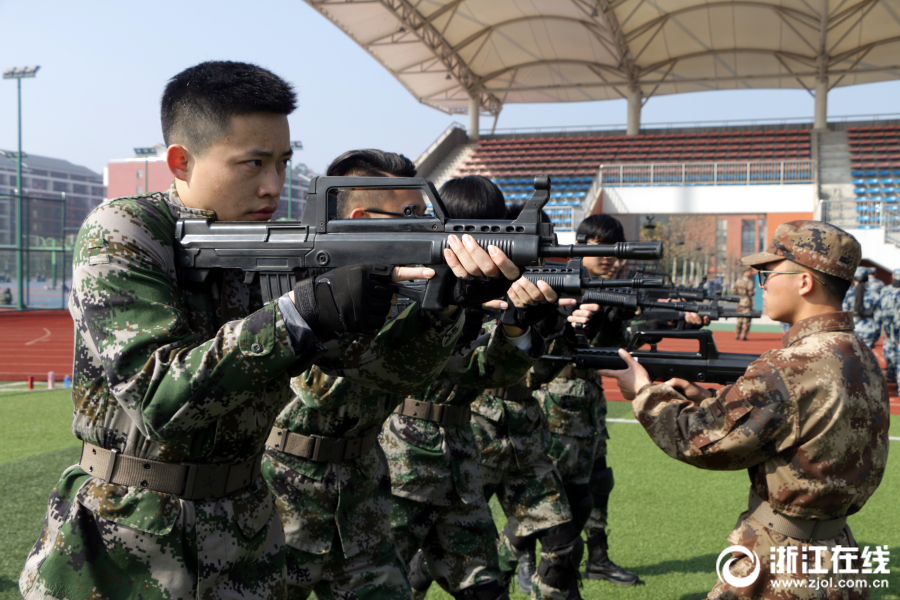 Casino Plus
Casino Plus
184.78MB
Check Walletinvestor digi plus
Walletinvestor digi plus
495.87MB
Check Hearthstone Wild Decks
Hearthstone Wild Decks
732.75MB
Check Hearthstone deck
Hearthstone deck
155.33MB
Check DigiPlus fair value
DigiPlus fair value
158.42MB
Check PAGCOR online casino free 100
PAGCOR online casino free 100
242.64MB
Check UEFA Europa League
UEFA Europa League
116.85MB
Check UEFA Europa League
UEFA Europa League
746.46MB
Check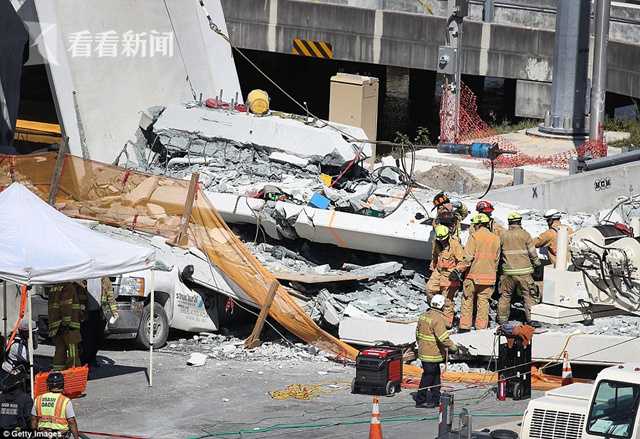 Champions League
Champions League
867.47MB
Check Casino free 100 no deposit
Casino free 100 no deposit
572.81MB
Check Free sports events uefa champions league app android
Free sports events uefa champions league app android
248.71MB
Check DigiPlus
DigiPlus
456.23MB
Check Arena plus APK
Arena plus APK
287.29MB
Check App to watch Champions League live free
App to watch Champions League live free
641.71MB
Check UEFA European championship
UEFA European championship
654.91MB
Check Hearthstone arena deck Builder
Hearthstone arena deck Builder
455.47MB
Check UEFA Champions League live streaming free
UEFA Champions League live streaming free
378.96MB
Check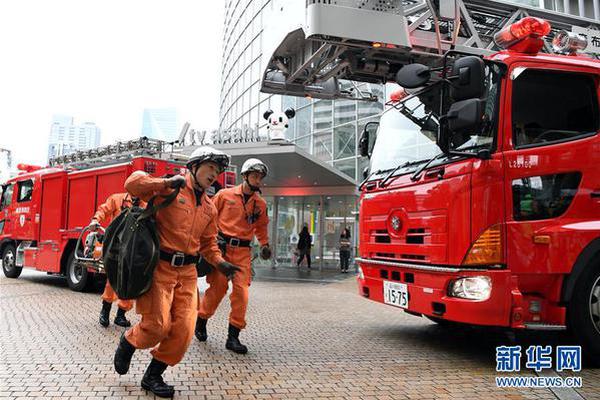 DigiPlus Philippine
DigiPlus Philippine
258.49MB
Check Hearthstone arena
Hearthstone arena
399.29MB
Check Casino Plus login register
Casino Plus login register
336.81MB
Check UEFA Champions League live streaming app
UEFA Champions League live streaming app
211.84MB
Check Bingo Plus stock
Bingo Plus stock
898.66MB
Check Champions League
Champions League
649.36MB
Check Casino Plus app
Casino Plus app
753.86MB
Check UEFA Champions League live streaming free
UEFA Champions League live streaming free
296.13MB
Check UEFA Champions League live streaming free
UEFA Champions League live streaming free
213.73MB
Check DigiPlus Philippine
DigiPlus Philippine
341.31MB
Check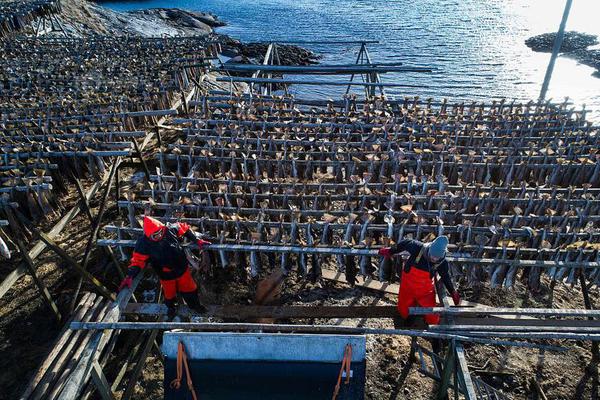 DigiPlus
DigiPlus
748.65MB
Check bingo plus update today Philippines
bingo plus update today Philippines
684.59MB
Check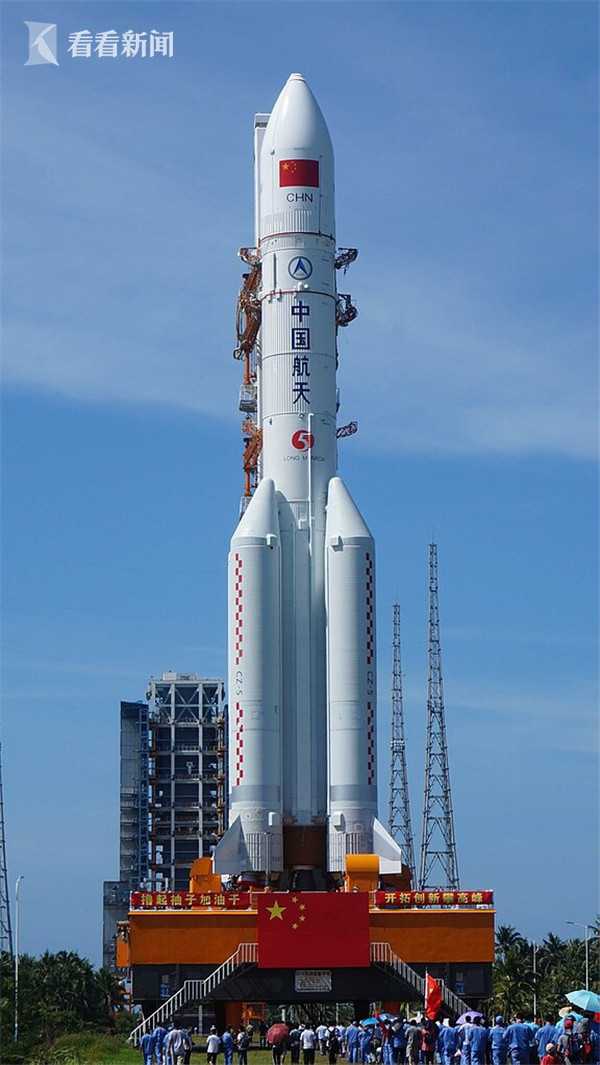 Hearthstone Arena class tier list 2024
Hearthstone Arena class tier list 2024
557.29MB
Check Casino Plus login register
Casino Plus login register
612.68MB
Check UEFA TV
UEFA TV
252.84MB
Check 100 free bonus casino no deposit GCash
100 free bonus casino no deposit GCash
182.58MB
Check LR stock price Philippines
LR stock price Philippines
398.19MB
Check Hearthstone Wild Decks
Hearthstone Wild Decks
393.77MB
Check
Scan to install
Arena Plus login to discover more
Netizen comments More
2758 Casino Plus
2025-02-23 15:31 recommend
1854 UEFA Europa League
2025-02-23 15:27 recommend
639 Arena Plus login
2025-02-23 14:59 recommend
2082 bingo plus update today Philippines
2025-02-23 14:52 recommend
163 Casino Plus GCash login
2025-02-23 14:31 recommend